Walter Eigner
Since the Sukhothai Kingdom around the 13th century, Thailand used a unique type of currency known as pod duang1 or bullet money as it was known to foreigners. It wasn’t until the reign of King Mongkut of the House of Chakri that Thailand began to produce modern style, milled coinage. Following the royal guidance of his predecessor King Nangklao, King Mongkut began the modernisation of Siam earning him the title of ‘The Father of Science and Technology’ among the people of Thailand. Among these include the modernisation of the Thai education system, the liberalisation of international trade and the introduction of milled coinage.
Although King Mongkut is credited with the introduction of Thailand’s first milled coins, the process began during the reign of King Nangklao in the year 1835 when his majesty sent three Nobles to visit Singapore and the Malay States. These Nobles reported the use of copper coins in Singapore as small change2 and with the declining value of bia (a type of shell used in small change) brought about by their oversupply due to their profitable importation from Bombay, King Nangklao sought to replace their use with copper coins.
King Nangklao requested Robert Hunter, a Scottish merchant well known for the discovery of the first Siamese twins, to submit several designs for copper coins with the intention of placing an order to strike the coins if the King approved of the designs3. Hunter presented two designs; one featured Lotus flowers on the reverse, the other an elephant, each with the date, C.S. 1197 (1835) underneath and Muang Thai written in Thai letters between two stars on the obverse.
From left to right: The obverse, the lotus type pattern and elephant type pattern4,5
The trial coins had a toothed rim, were struck to proof quality and would have the face value of 1 bia. 500 of each design were produced as samples but King Nangklao rejected the designs so they never eventuated as coinage. While Siam would not see its own milled coinage until towards the end of King Mongkut’s reign, these trial strikes reflect the royal intention to modernise Siamese coinage which is reflected in the royal guidance passed by King Nangklao on his deathbed, "we should study western innovations for our own benefit.”
Similar to the efforts of Hunter, English entrepreneur W.J. Taylor, attributed with selling the first coin production machine to Siam10, established the Kangaroo Office in the colony of Victoria (now a state of Australia) to produce gold, silver and copper coins for use in the colony, now named Taylor tokens. These were to be struck from minting equipment purchased at auction from the defunct Soho mint in Birmingham20 and while trials were produced in 1855, royal approval from Queen Victoria was not granted and thus the Taylor tokens too never eventuated as currency.
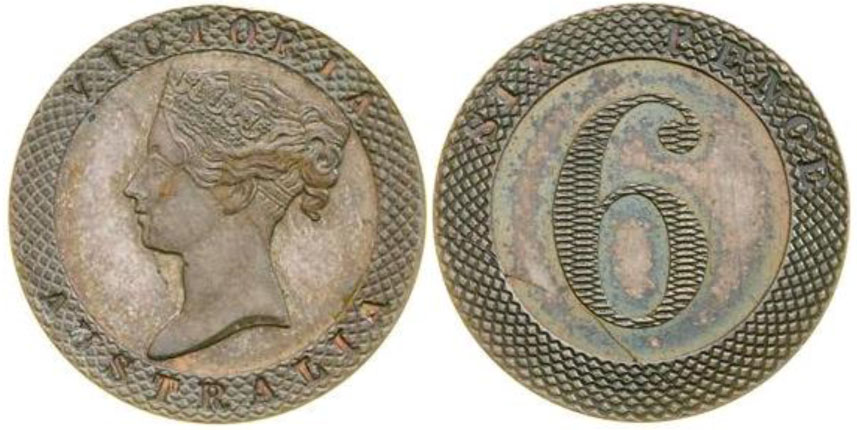
Victorian "Taylor” Sixpence of 1865
King Mongkut continued with his predecessor’s plan for the modernisation of Siam and with the liberalisation of trade brought about by the signing of the Bowring Diplomatic and Trade Treaty with Great Britain in 1855, Siam saw international trade dramatically increase with the typical number of foreign ships docking at Siam increasing from 12 to almost 200 per year6. This resulted in a shortage of the pod duang coinage as the process to mint them was quite slow and labour-intensive and in conjunction with the problems brought about by counterfeiting, a new style of coinage was needed.
As an early solution to the currency shortage issues, King Mongkut printed Siam’s first banknotes in 1853, known as mai. These had the denominations from fuang (1/8 baht) to chang (80 baht), and were printed in three varieties, one for low value denominations, one for medium value, and one for large values. They were printed on white paper with blank ink and stamped with the royal emblem of the Kingdom.

Low value Mai banknote
Medium value Mai banknote
High value Mai banknote
The production of paper money was ahead of its time as while private banks in the United States and Australia had been issuing notes since the 1800s, officially sanctioned, circulating notes weren’t printed in the United States and Australia until 1861 and 1914 respectively. Mai banknotes proved to be too far ahead of their time gaining little acceptance in Siam due to their lack of intrinsic value and upon receipt, often found themselves redeemed as pod duang. For this reason, the mai banknotes failed to solve Siam’s currency shortage issues and a new solution was needed.
American Demand
While King Mongkut worked on the idea of producing milled coinage a more immediate solution was needed. Charles Bell, the Vice Consul of Great Britain propositioned the use of foreign silver coins but these too were unpopular among the Siamese people as their purity was often questioned6. To facilitate their acceptance, Mexican 8 Reales coins were tested for purity and counterstamped with the mark of the Chakra-Mongkut acknowledging their purity.
A Mexican 8 Reales counterstamped with the Chakra-Mongkut for use in Siam
The counterstamping of foreign coins was not unique to Siam, for example in 1813 the nearby English colony of New South Wales (now part of Australia), under the authority of Governor Lachlan Macquarie produced two coins, one of five shillings, the other of fifteen pence by cutting out the centre of a Spanish 8 reales coin and counterstamping the denomination and mark of New South Wales onto both coins8. This was also done to alleviate currency shortage problems and in devaluing the money (8 reales was equivalent to 5 shillings while the resulting coins equalled 6 shillings, 3 pence), Governor Macquarie effectively prevented the export of the coins solving New South Wales’ currency shortage crisis. These two coins would later be known as the Holey Dollar and the Dump.
New South Wales Holey Dollar struck on a 1788 Mexican 8 Reales
The choice of using the 8 reales coin was due to their widely respected reputation among traders. They had become a form of international currency often referred to as a piece of eight or Spanish dollar. They were used in many countries including Australia, Great Britain and the United States. After the independence of Mexico in 1821, Mexico continued to produce the 8 reales coin which carried on the reputation of its predecessor, the Spanish 8 realesand continued to enjoy its status as an international currency right through the 19th century.
The counterstamping of Mexican coins could still only be considered a temporary measure as their acceptance never widely proliferated throughout the kingdom with pod duang still being the predominant circulating currency. Siam therefore began her first trials at striking hammered coinage in 1856 using a similar method to the coinage used in Europe up until the 18th century. These coins bore the marks of Mongkut-Krungthep and Mongkut-Phratao on the obverse and Krung Thep (Kingdom of Gods – also the current name for city of Bangkok) in Thai letters on the reverse. They were produced in the denominations from half fuang (1/16 baht) to saleung (1/4 baht) in both gold and silver. They were however produced by hand and as a result their production was both limited and slow.
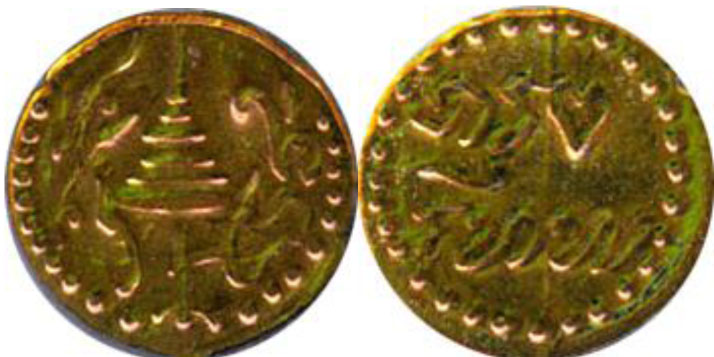
Rama IV hammered fuang (1/8 baht) from 1856
Hammered coinage was created by forming a thin sheet of metal, cutting into shape then placing it on an anvil die after which an upper die is placed on top and hammered to create the impression on the planchet. This process began in ancient times and continued to see use in Europe up until the 19th century. The process was conducted by hand and hence was time consuming being replaced by the more efficient milled coinage during the industrial revolution.
Edward IV Quarter Ryal from Great Britain (1466-1467)
With the rapid increase in foreign trade, these hammered coins failed to provide a solution to Siam’s currency shortage issues and a more efficient means of coin production was needed. In 1857 King Mongkut ordered coin production equipment from W.J. Taylor at the price of 3,000 pounds10, equipment originally from the defunct Soho mint. Queen Victoria learned of this order and sent a small man-powered coin production machine to King Mongkut as a royal gift. King Mongkut ordered the production of coins from this machine with denominations from fuang (1/8 baht) to baht. These would later be known as rein bannakarn, or royal gift coins. Production soon ceased as the man-powered machine could not keep up with the increasing demands of the economy.
Royal gift 1 baht
In 1860 the newly ordered coin production machine began operation within the constructed by King Rama IV, Sitthikarn mint12, the first mint on the site of former Pod Duang Production facility in front of the Royal Treasury of the Grand Palace. These coins were of a similar design to the royal gift coins and were issued with values: baht, half baht, salung, fuang but were additionally produced in the denomination of half fuang (1/16 baht) and later in 1863 were joined by tong tos, tong pit and tong pod duang gold coins with the denominations of 8 baht, 4 baht and 2 ½ baht respectively. These gold coins were made necessary due to the abundance of gold entering Siam brought about by the discovery of gold in California, US and in the British colony of New South Wales.
Tong tos of 8 baht
Thus began the production of milled coins in Siam which would later be complemented by copper coins replacing the use of bia as originally sought by King Nangklao in 1835. Production of pod duang ceased with the exception of commemorative issues produced in 1874 and 1880 but they still remained in use until 1904 when the Royal Treasury declared that pod duang would be demonetised and citizens had until the 31st of July 1908 to exchange their pod duang for milled coins14. By then due to the foresight of King Nangklao and actions of his successor King Mongkut, Siam’s monetary shortage issues had been rectified and Siam began to use milled coinage, a trend which would continue through to the present reign of King Bhumibol Adulyadej.
Rama IV and Rama IX (2000) one baht coins
References
- Wattanalumleard, S - The Story of Pod Duang - http://emuseum.treasury.go.th/articles-en/332-the-story-of-pod-duang.html
- Moore, A (1915) - An Early British Merchant in Bangkok pp 26
- Moore, A (1915) - An Early British Merchant in Bangkok pp 27
- Heritage Auctions - 2007 May/June Long Beach, CA Signature World Coin Auction - http://coins.ha.com/c/item.zx?saleNo=440&lotNo=52127
- Heritage Auctions - 2014 January 5 - 6 World & Ancient Coin Signature Auction - http://coins.ha.com/c/item.zx?saleNo=3030&lotIdNo=11060
- The Currency Management Bureau, the Treasury Department - the Evolution of Thai Money, pp 65
- Siam Banknote Museum - Mai: the first Thai paper money - http://www.siambanknote.com/museum/Thai-paper-money/mai-Thai%20paper%20money.htm
- Blue Sheet – Holey Dollar of Carolus III - http://www.bluesheet.com.au/Australia/Holey%20Dollars%20and%20Dumps/Holey%20Dollar/Carolus%20III/
- History of Thai Stamp - 150th Anniversary of the Royal Thai Mint Commemorative Stamps - http://www.postemart.com/en/historypage.php?HISTORY_ID=911
- The Currency Management Bureau, the Treasury Department - the Evolution of Thai Money, pp 67
- Heritage Auctions - Thailand: Rama IV 1 Baht ND (1857-58) - http://coins.ha.com/c/item.zx?saleNo=397&lotNo=14692
- The Currency Management Bureau, the Treasury Department - the Evolution of Thai Money, pp 69
- Heritage Auctions - Thailand: Rama IV gold 8 Baht (Tot) ND (1863) - http://coins.ha.com/c/item.zx?saleNo=3015&lotNo=25805
- The Currency Management Bureau, the Treasury Department - the Evolution of Thai Money, pp 83
- Heritage Auctions - Thailand: Rama IV silver Type Set 1860 - http://coins.ha.com/c/item.zx?saleNo=3002&lotNo=22684
- Aloha Photographer - Coins from Thailand - http://alohaphotog.blogspot.com/2009/03/coins-from-thailand.html
- Heritage Auctions - 2014 January 5 - 6 World & Ancient Coin Signature Auction - http://coins.ha.com/c/item.zx?saleNo=3030&lotIdNo=11040
- Museum Victoria - Pattern Token - Sixpence, Kangaroo Office, Melbourne, Victoria, Australia, circa 1865 - http://museumvictoria.com.au/collections/items/71883/pattern-token-sixpence-kangaroo-office-melbourne-victoria-australia-circa-1865
- Hall’s Hammered Coins – Hammered Gold - http://www.hallshammeredcoins.com/?page=coins&offset=0&type=8
- Museum Victoria - W.J. Taylor, Mint, London, United Kingdom - http://museumvictoria.com.au/collections/themes/2538/w-j-taylor-mint-london-united-kingdom





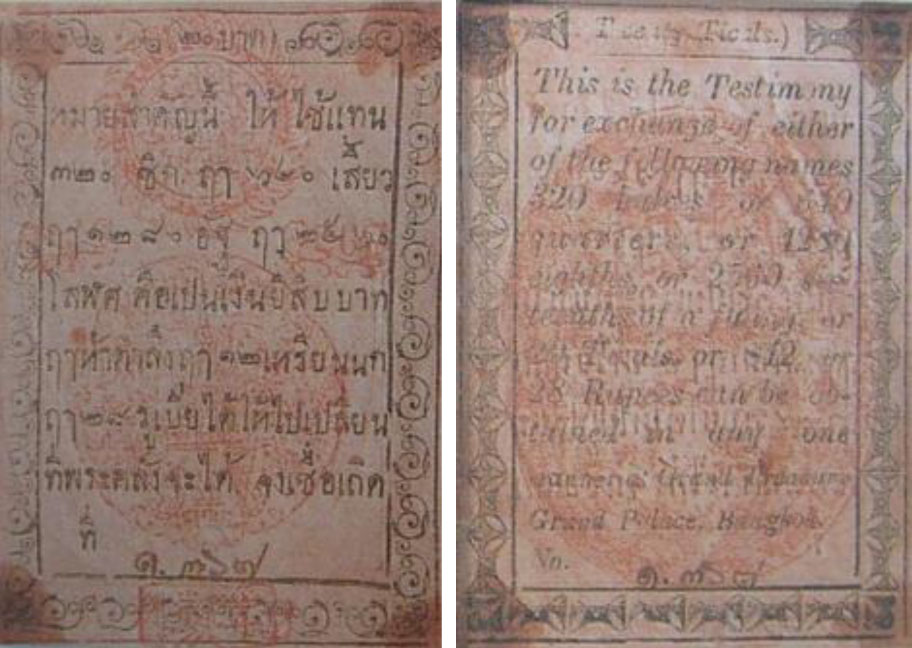
 American Demand Note.jpg)
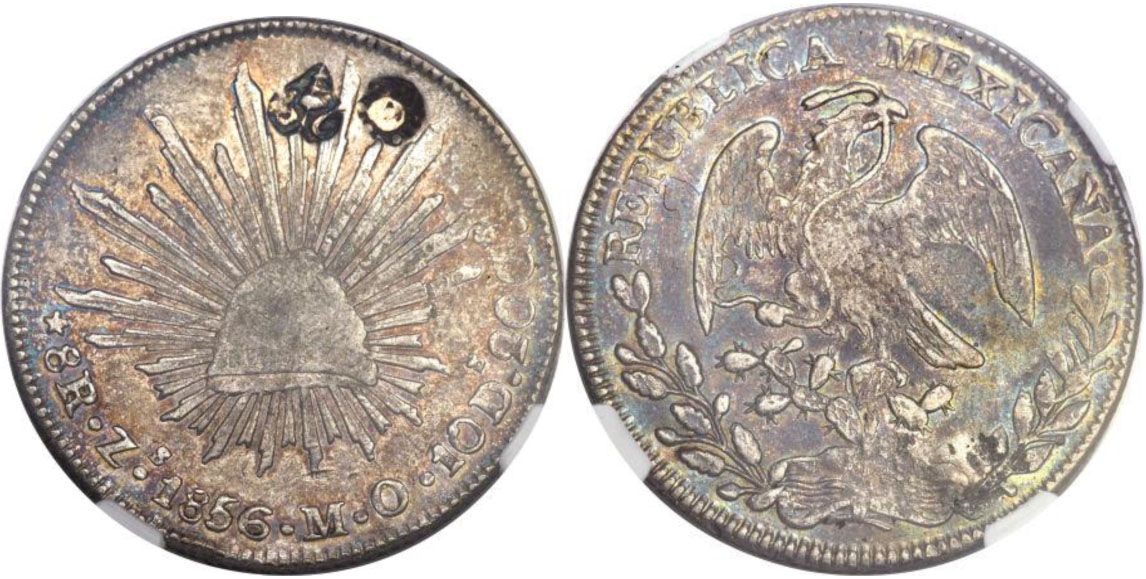
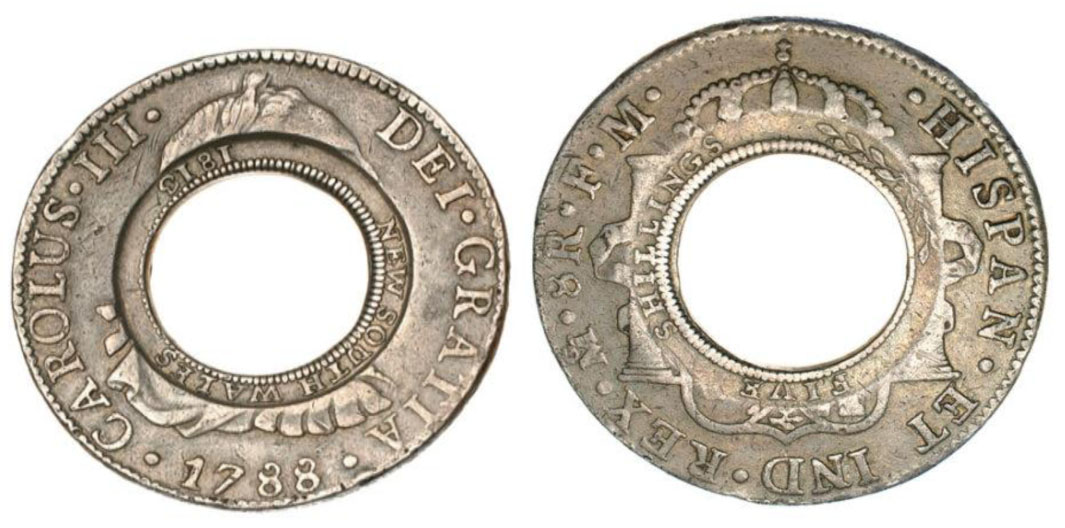

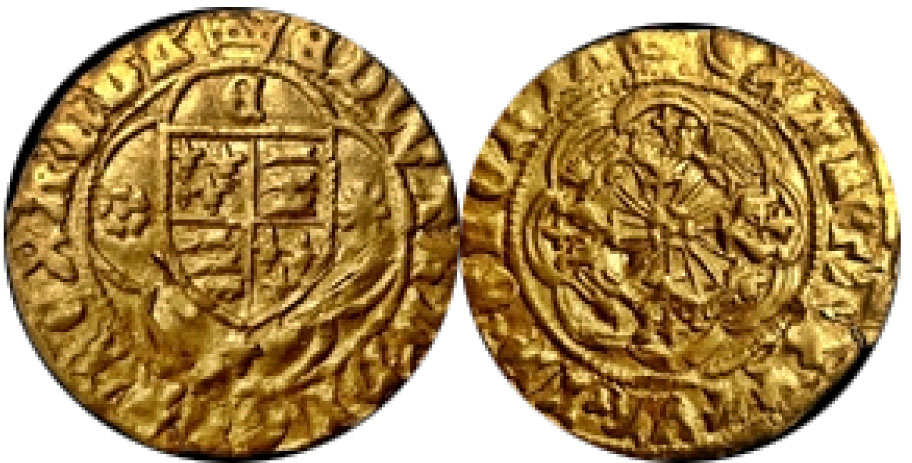
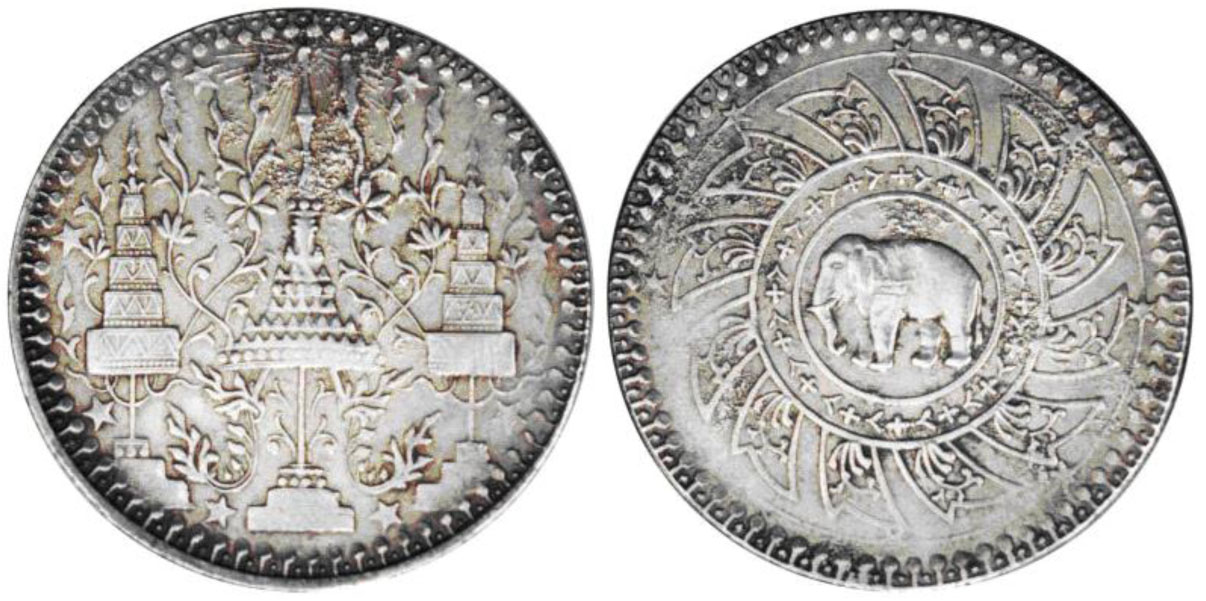

 one baht coins15-16.jpg)